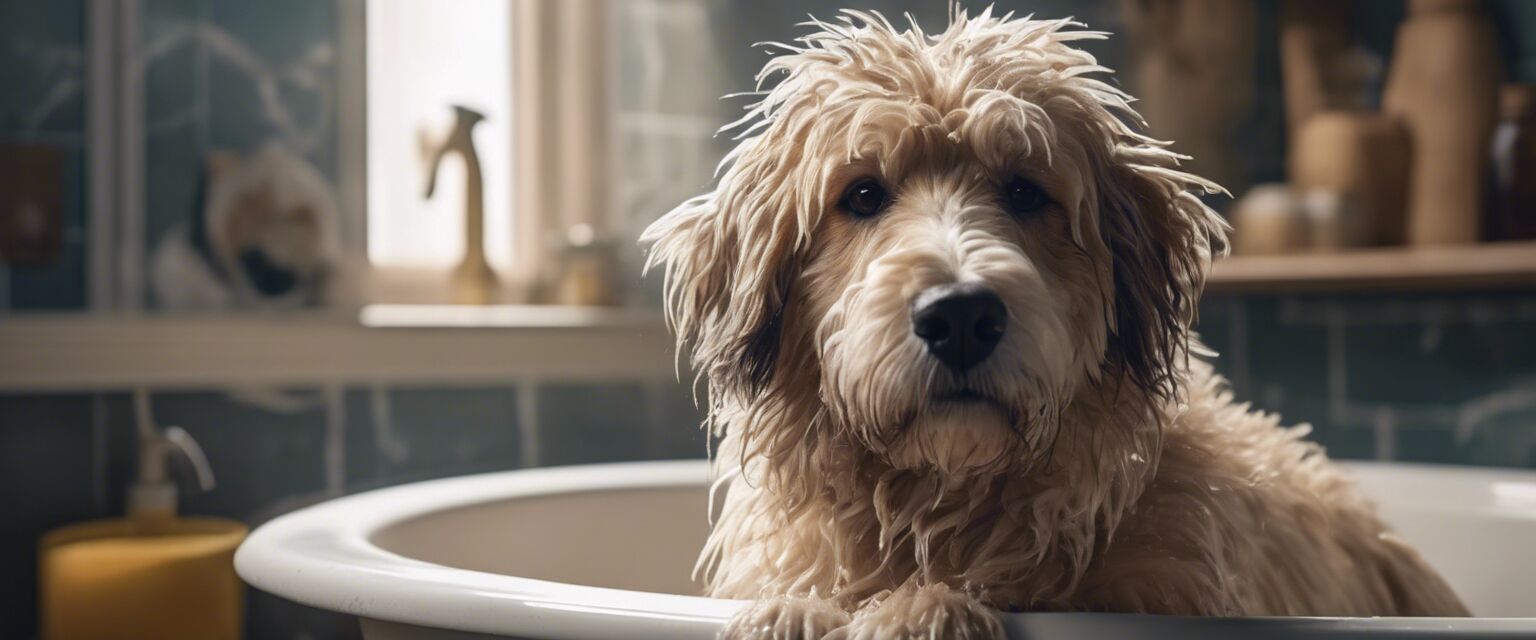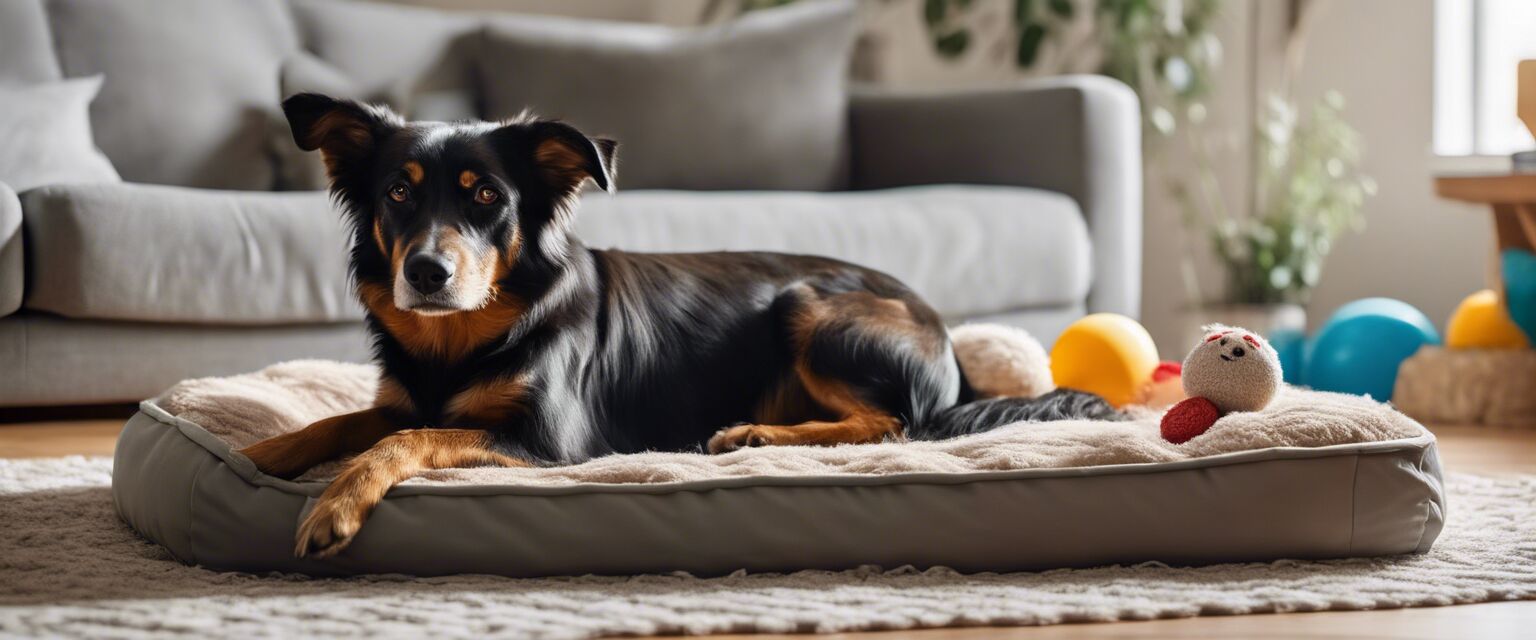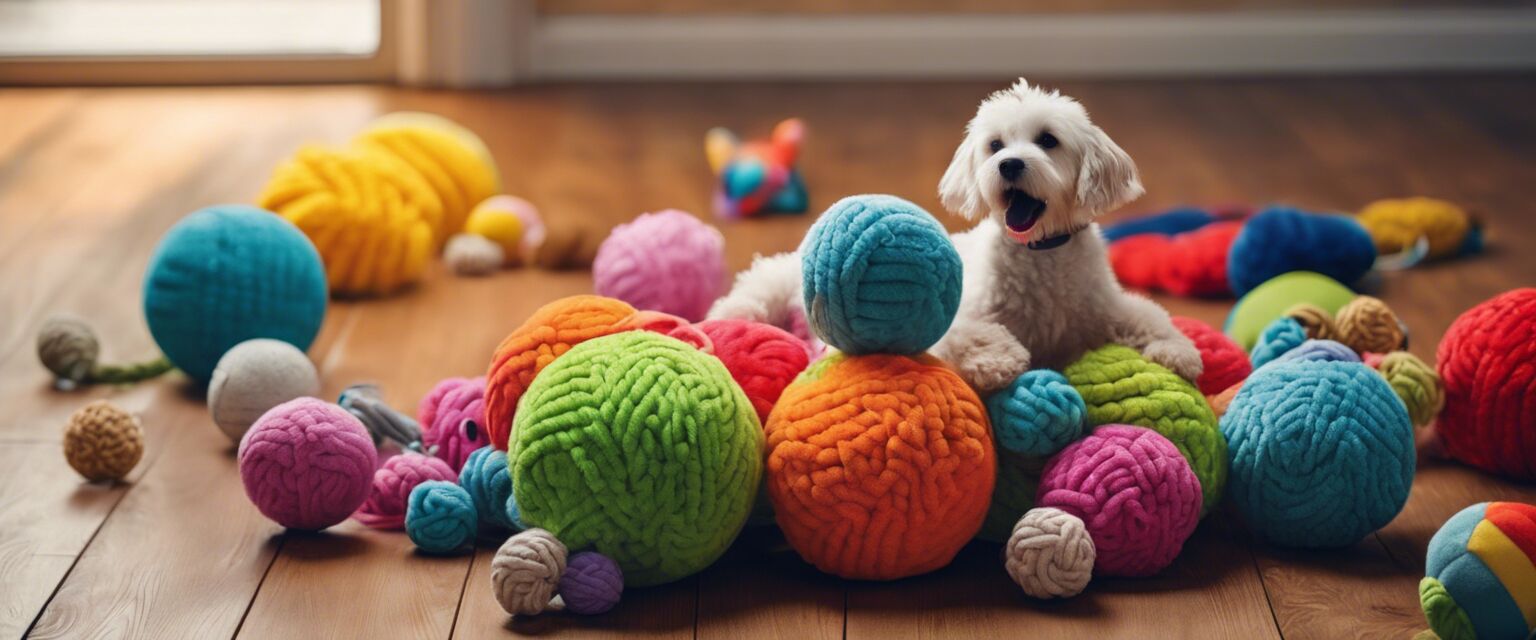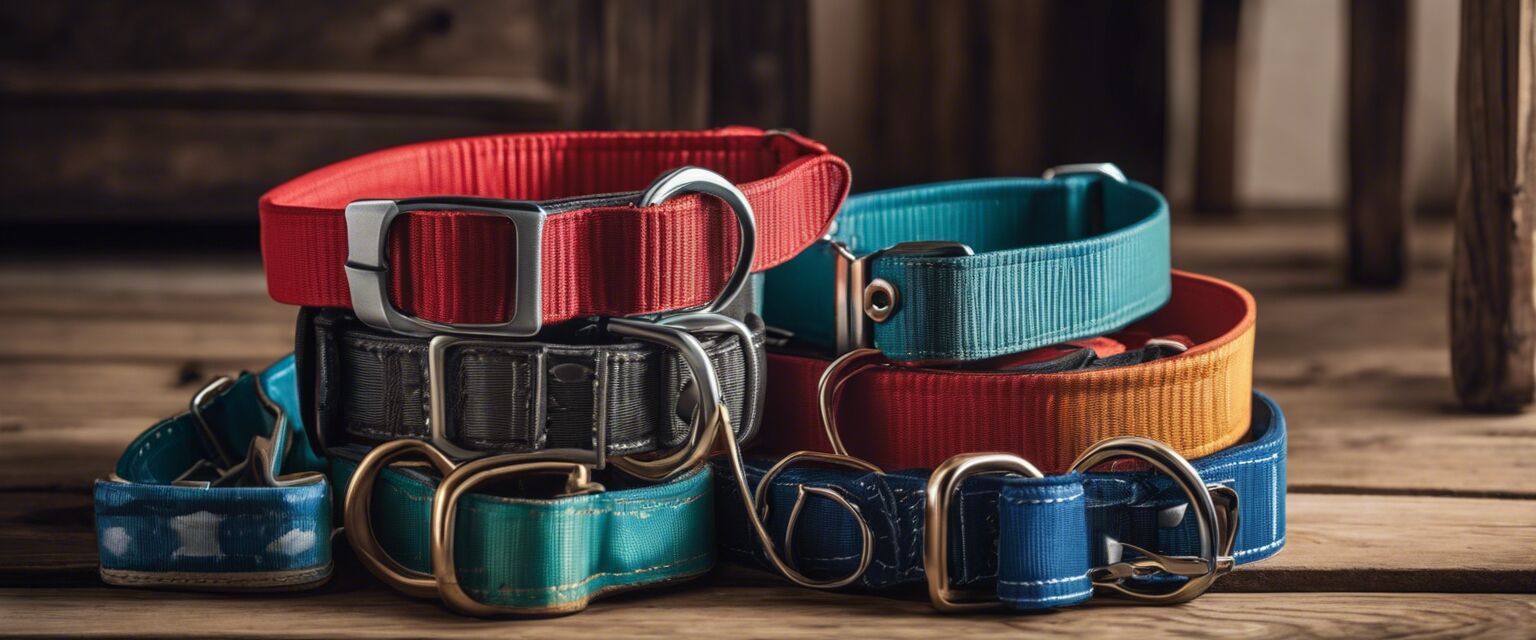
Pet Grooming
Key Takeaways
- Regular grooming is essential for your pet's health and happiness.
- Choosing the right grooming tools can make the process easier and more enjoyable.
- Different pets have different grooming needs based on their breed and coat type.
- Grooming can strengthen the bond between you and your pet.
Welcome to our complete guide on pet grooming! Grooming not only keeps your furry friends looking their best but also plays a crucial role in their overall health. In this article, weâll discuss various grooming techniques, the best products available, and tips to make grooming a pleasant experience for both you and your pet.
Importance of grooming
Grooming is an important aspect of pet care that goes beyond aesthetics. Regular grooming helps to:
- Remove dirt, debris, and loose hair.
- Prevent matting and tangles.
- Identify skin issues or abnormalities.
- Reduce shedding and allergens in the home.
- Enhance your pet's appearance and smell.
Grooming tools you'll need
Here is a list of essential grooming tools that can help you maintain your petâs coat and hygiene:
| Grooming Tool | Purpose |
|---|---|
| Brush | To remove tangles and loose hair. |
| Comb | To detangle and smooth the coat. |
| Clippers | For trimming fur and nails. |
| Shampoo | To clean the coat and skin. |
| Conditioner | To maintain coat health and shine. |
Types of grooming techniques
Different pets require different grooming techniques based on their breed and coat type. Here are some common grooming methods:
- Brushing: Regular brushing helps to keep your petâs coat clean and free from mats.
- Bathing: Depending on your pet's needs, bathing can be done every few weeks to keep them clean.
- Nail trimming: Regular nail trimming is crucial for your pet's comfort and health.
- Ear cleaning: Regularly check and clean your pet's ears to prevent infections.
Grooming schedule
Establishing a grooming schedule can make the process easier and more effective. Hereâs a simple guide:
| Pet Type | Grooming Frequency |
|---|---|
| Short-haired dogs | Every 4-6 weeks |
| Long-haired dogs | Every 2-4 weeks |
| Short-haired cats | Every 6-8 weeks |
| Long-haired cats | Every 2-4 weeks |
Choosing the right grooming products
When selecting grooming products, consider your pet's specific needs. Here are some tips:
Beginner's tips
- Choose a brush that suits your pet's coat type.
- Always use pet-specific shampoos and conditioners.
- Introduce grooming gradually to make your pet comfortable.
- Reward your pet with treats after grooming sessions.
Common grooming mistakes to avoid
Here are some common grooming mistakes to watch out for:
- Overbathing your pet, which can strip natural oils.
- Using human grooming products on pets.
- Neglecting to clean ears and teeth regularly.
- Not acclimating your pet to grooming tools before use.
Grooming for specific breeds
Each breed has unique grooming requirements. Hereâs a brief overview of grooming needs for some popular breeds:
| Breed | Grooming Needs |
|---|---|
| Poodle | Regular trims every 4-6 weeks. |
| Golden Retriever | Brush at least once a week; regular baths. |
| Persian Cat | Daily brushing to prevent mats. |
| Beagle | Brush every couple of weeks; occasional bath. |
Conclusion
Grooming is a vital part of pet care that contributes to your petâs health and happiness. By understanding your pet's specific grooming needs and using the right tools and techniques, you can create a positive grooming experience. Always remember that grooming can also strengthen the bond between you and your furry friend.
Pros
- Improves pet hygiene and health.
- Reduces shedding and allergens in the home.
- Enhances the bond between pet and owner.
Cons
- Can be time-consuming.
- Requires investment in grooming tools.
- Some pets may resist grooming.
Additional resources
For more information on grooming and pet care, check out our other articles:
Visual Guide to Pet Grooming











